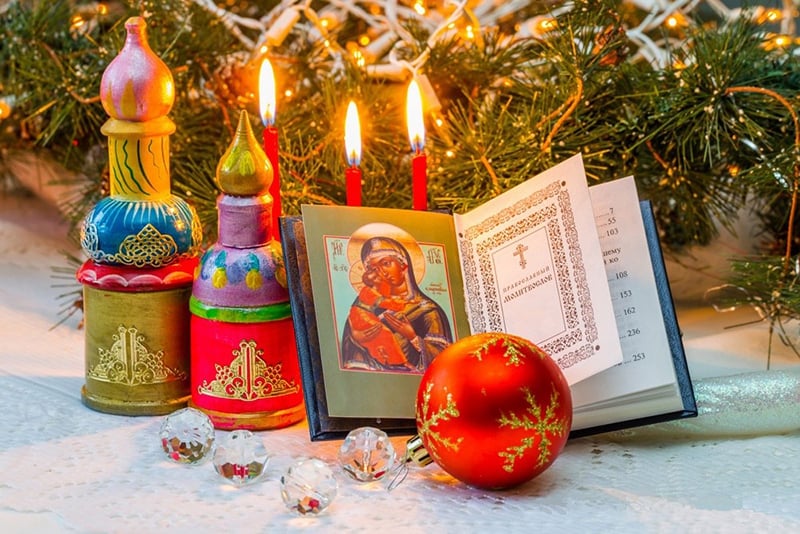Orthodox Christmas
Christmas is a time of celebration and joy for many people around the world, but for Orthodox Christians, the date on which they celebrate this holiday can vary depending on which calendar they follow. While the majority of Western countries celebrate Christmas on December 25 according to the Gregorian calendar, Orthodox Christians follow the Julian calendar and celebrate on January 7. This distinction has long been a source of tension between Orthodox groups, and has been brought into the spotlight this year by Russian President Vladimir Putin’s call for a temporary 36-hour ceasefire in Ukraine so that Orthodox followers can attend Christmas services.
The Orthodox Church
Orthodox Christians are estimated to number between 200 and 300 million people globally, and are found in countries including Russia, Ukraine, and Greece, which are majority-Orthodox and belong to the Eastern Orthodox branch. There are also significant Orthodox communities in Egypt and Ethiopia, most of whom belong to the smaller Oriental Orthodox branch.
The Great Schism and the Julian calendar
The split between the Orthodox Church and the Western Church, known as the Great Schism, took place in 1054 and was the result of years of increasing tensions over religious and political differences. As a result of this split, Orthodox Christians did not adopt the Gregorian calendar introduced by Pope Gregory XIII in 1582, which standardized Christian holidays and placed the birth of Jesus Christ on December 25. Instead, they continued to follow the Julian calendar, which is why they celebrate Christmas on January 7.
The rift between the Russian and Ukrainian Orthodox churches
In recent years, a large part of the Orthodox community in Ukraine has sought to distance itself from Moscow and establish an independent Orthodox Church. This movement was accelerated by the conflict in eastern Ukraine that began in 2014 and was further strengthened in 2018 when Patriarch Bartholomew I of Constantinople, the spiritual leader of Eastern Orthodox believers worldwide, endorsed the establishment of an independent Orthodox Church of Ukraine and revoked a centuries-old agreement that granted the Patriarch in Moscow authority over churches in the country.
In January 2019, Bartholomew signed a decree called a “tomos” that officially granted independence to the Orthodox Church of Ukraine, severing its ties with the Russian church. This decision has infuriated Putin, who has made the restoration of the so-called “Russian world” a centerpiece of his foreign policy and has dismissed Ukrainian national identity as illegitimate.
The Ongoing conflict in Ukraine
The conflict in Ukraine, which began in 2014 and escalated into a full-scale war in 2015, has only exacerbated the rift between the Russian and Ukrainian Orthodox churches. In October of this year, a branch of Ukraine’s Orthodox Church announced that it would allow its churches to celebrate Christmas on December 25 rather than January 7. This decision was met with criticism from the Russian Orthodox Church, which accused the Ukrainian Church of attempting to “legitimize the breakaway process.”
Putin’s call for a ceasefire
In the midst of this ongoing conflict, Putin’s call for a temporary 36-hour ceasefire in Ukraine so that Orthodox followers can attend Christmas services has been met with skepticism and accusations of hypocrisy. Ukrainian officials have described the proposal as “propaganda,” and shelling has continued from both sides.
The rift between the Russian and Ukrainian Orthodox churches, which has its roots in the Great Schism of 1054 and has been further exacerbated by the ongoing conflict in Ukraine, has once again been brought into the spotlight with Putin’s call for a ceasefire to allow Orthodox followers to celebrate Christmas. While the majority of Western countries celebrate Christmas on December 25, Orthodox Christians follow the Julian calendar and mark the holiday on January 7.
Month: Current Affairs - January, 2023
Category: Important Days & Events Current Affairs • International / World Current Affairs


